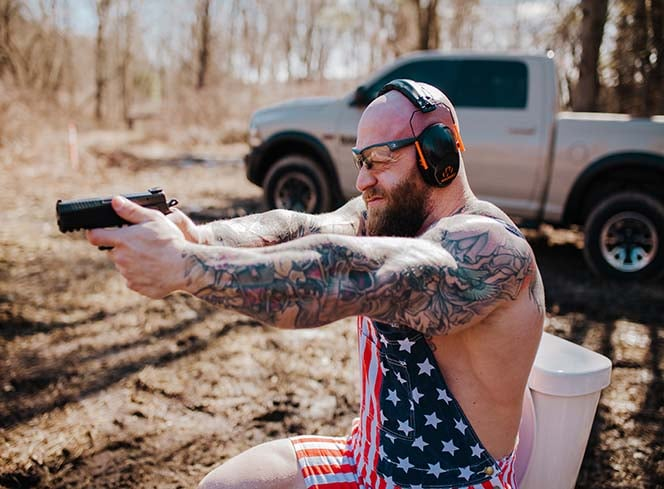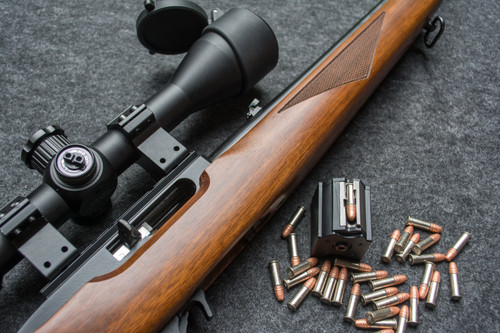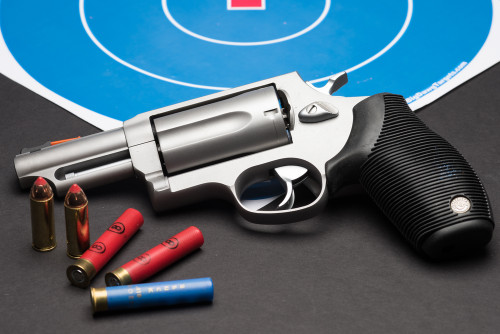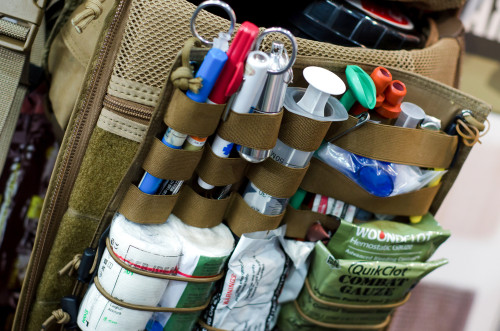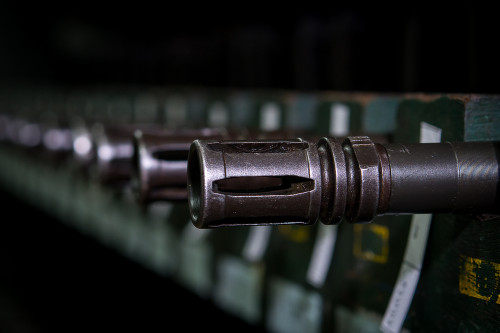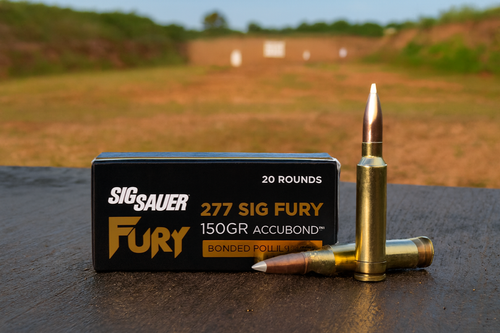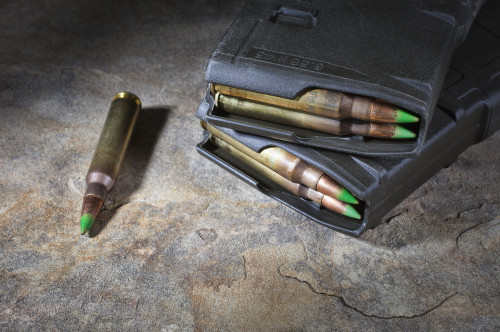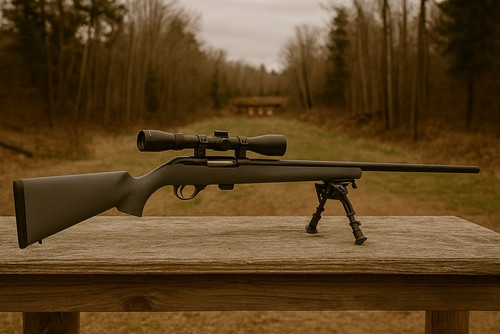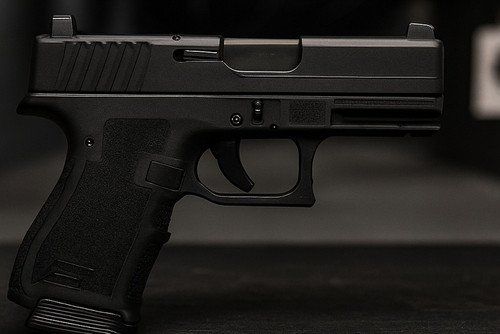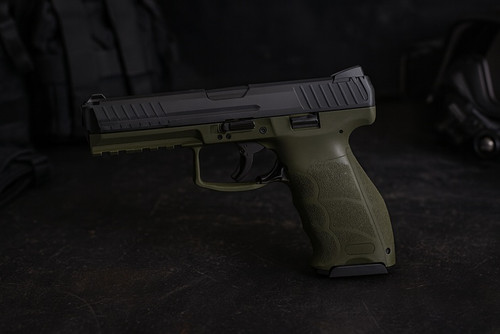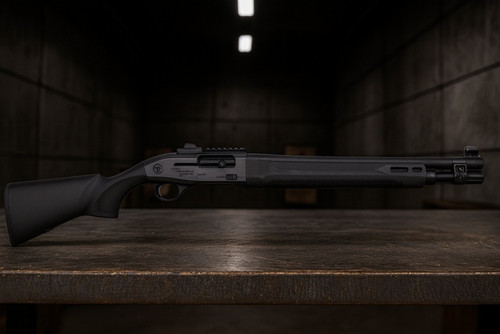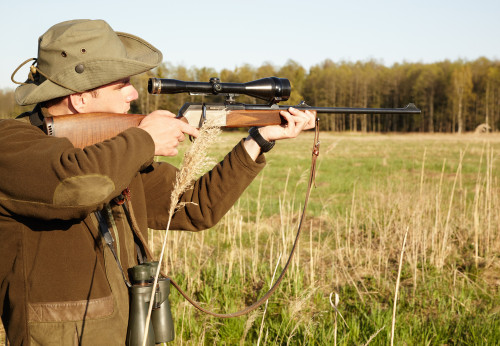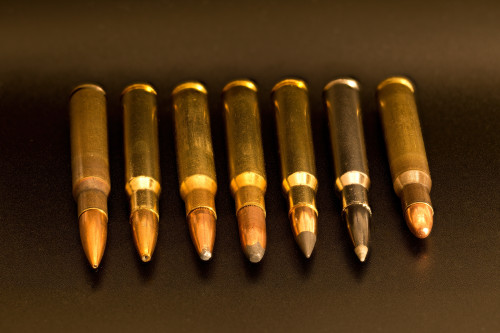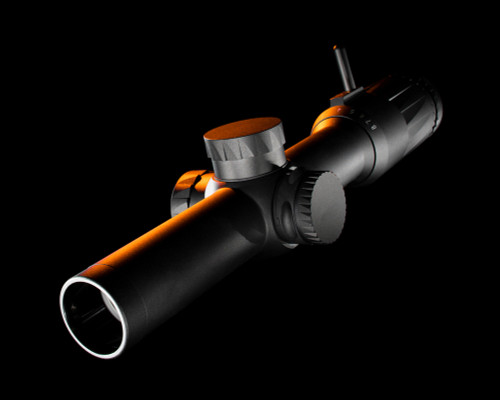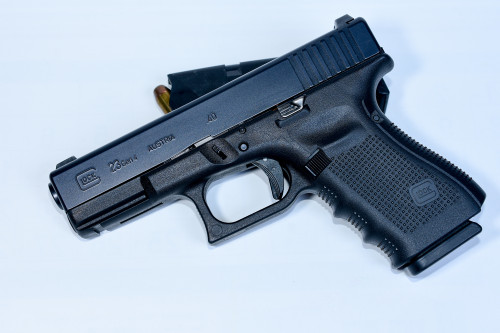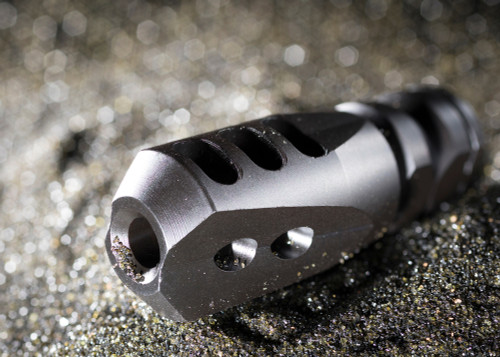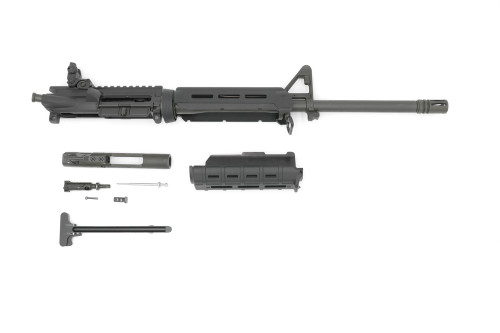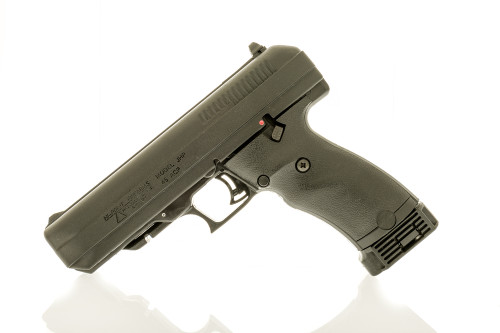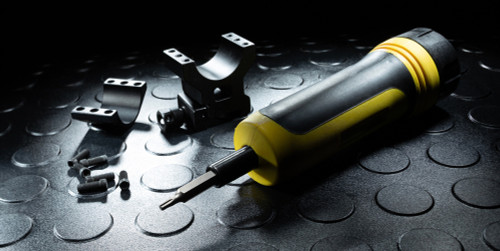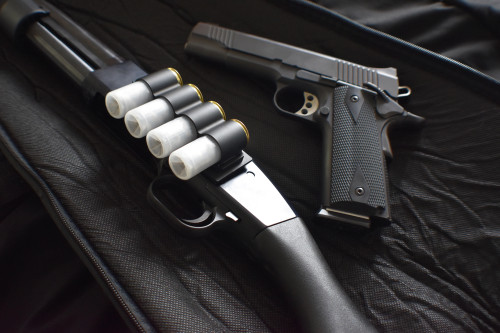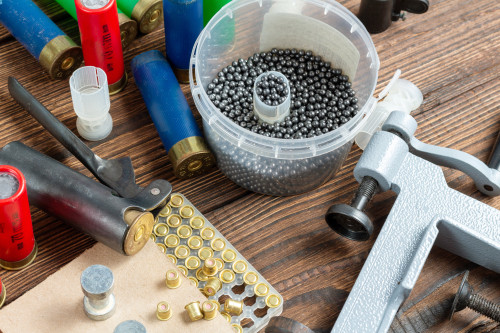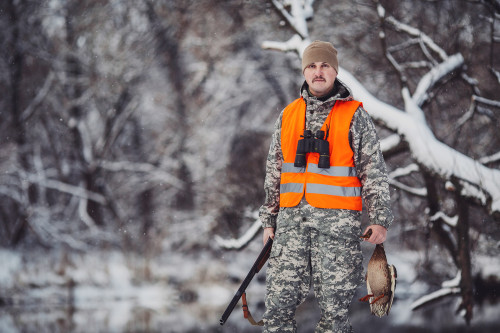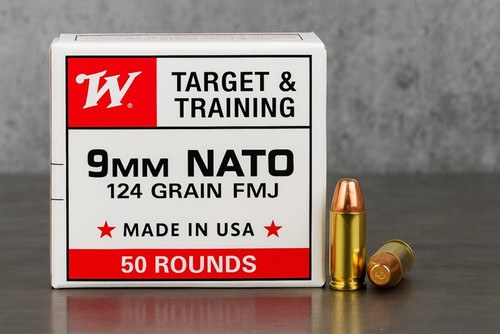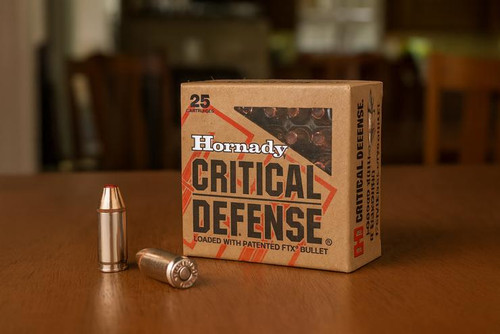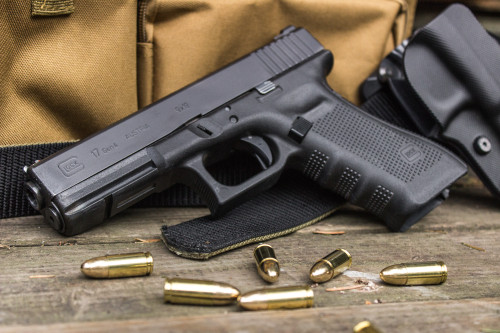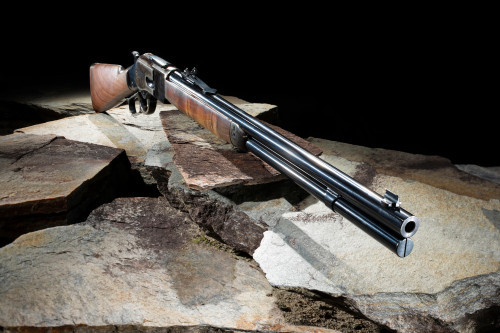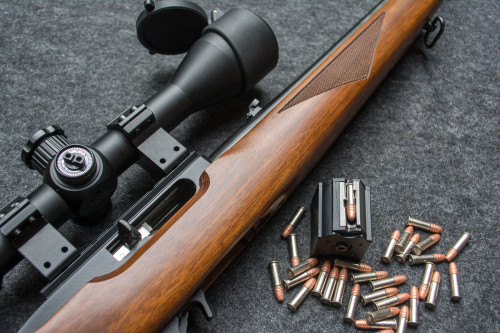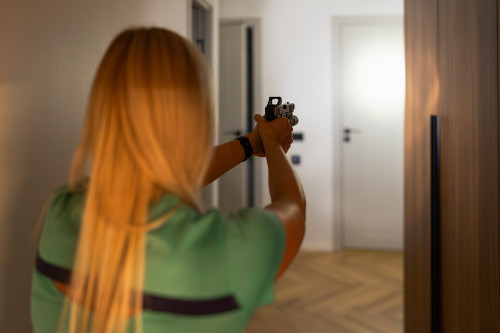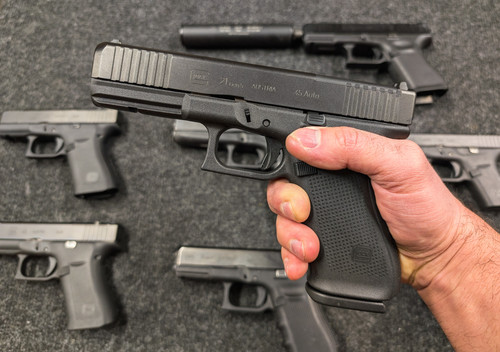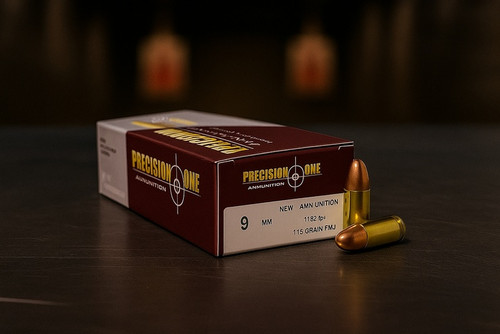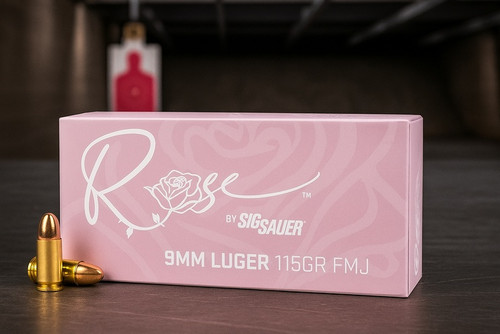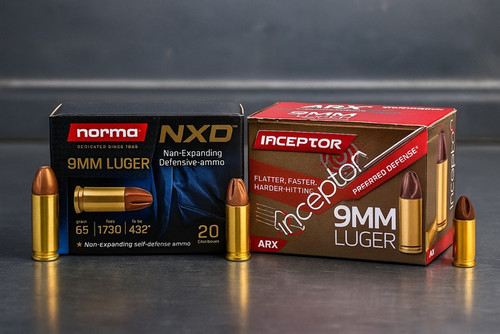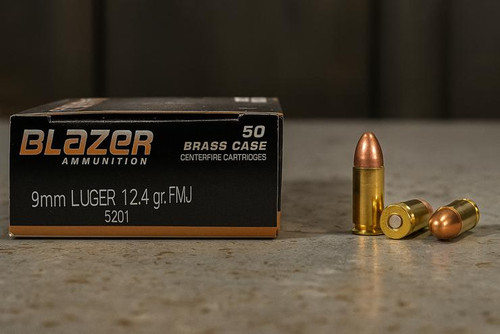Range Day: Make It Successful and Beneficial
A day at the shooting range is more than just fun and firing rounds; it’s a chance to improve your skills, ensure your firearm is in top shape, and maybe learn something new. Whether you’re an experienced shooter or a newbie, good preparation can make your range day both enjoyable and productive. Here’s how to get ready for a successful range day.
Plan Your Goals
Before heading out, it’s important to know what you want to achieve. Are you focusing on accuracy, trying out a new firearm, or practicing self-defense scenarios? Setting clear goals helps you make the most of your time and track your progress. Remember, shooting is a skill that needs regular practice, especially if you’re training for self-defense or hunting. Aim to practice at least twice a month to stay sharp and to help maintain muscle memory.
Goals can vary greatly among shooters. For instance, a competitive shooter might focus on precision and speed drills for an upcoming competition. Whereas someone interested in self-defense might prioritize situational awareness and quick target acquisition under stress of timed drills. If you’re trying out a new firearm, your goal should be to get familiar with its handling and characteristics, so you will know how the firearm performs for the intended use. Whatever your objective is, having a clear plan will maximize your range time's effectiveness.

Birchwood Casey Dirty Bird 8pk targets
$12.99
at Pro Armory
Prices accurate at time of writing
Check the Range Rules and Regulations
Each range has its own set of rules and safety protocols, so it’s best to familiarize yourself with these before your visit. This includes knowing what types of firearms and ammunition are allowed, the range’s hours of operation, and any specific safety guidelines. If you’re unsure, check the range’s website or contact them directly. Indoor ranges often limit ammunition types to FMJ/JHP, but could limit the ammunition to frangible only, in certain states. The same is to be said for outdoor ranges, but they may allow other ammunition that the indoor range does not, such as higher grain and higher penetration rounds.
Understanding these rules is crucial not just for compliance but for the safety of everyone there. For example, some ranges might have restrictions on rapid fire or drawing from a holster. Knowing these in advance can help you plan your activities accordingly. Additionally, ranges often have specific protocols for ceasefire periods and range officer commands, which are essential for maintaining a safe shooting environment.
Pack the Essentials
Bringing the right gear can make your range day smoother. Here’s a checklist of what you’ll want to consider for your next range session to make it successful for your training program or plan. Also plan on taking water for hydration, and any range snack you choose in case the visit runs longer than expected especially on an outdoor range.
- Firearms and Ammunition: Bring the firearms you plan to use and extra ammunition in case you want to extend your session. Extra ammo can also be useful for friendly competitions to further elevate your range experience and push you to be better with your firearm.
- Hearing and Eye Protection: Always use reliable hearing and eye protection. Suppressors are popular for reducing noise, but basic protection is essential. This is mostly common knowledge but worth a mention, especially if you are a new gun owner or this is your first visit to a range.
- Targets: Some ranges provide targets, but it’s a good idea to bring your own. Choose targets that match your training goals, whether for self-defense or precision shooting, or just familiarizing yourself with the operation of your new firearm. We offer some free PDF files to print out at home, and some of the more popular reactive targets on our site here at Pro Armory.
- Cleaning Kit/Multitools: Pack a basic gun cleaning kit and a multi-tool in your range bag to handle any minor issues that might arise. This comes in handy for extended range sessions as your firearm will get dirty the longer you are at the range. The multitool will help in case there is a malfunction with the firearm and you have to strip it to inspect it and find the issue.
- Notebook and Pen: Keep track of your performance and any adjustments you make. This helps you monitor your progress and make informed changes for future sessions. While some see this as a little extra, those with competition experience see it as a valuable tool to keep track of data from previous sessions. It can also help make newer adjustments quicker.
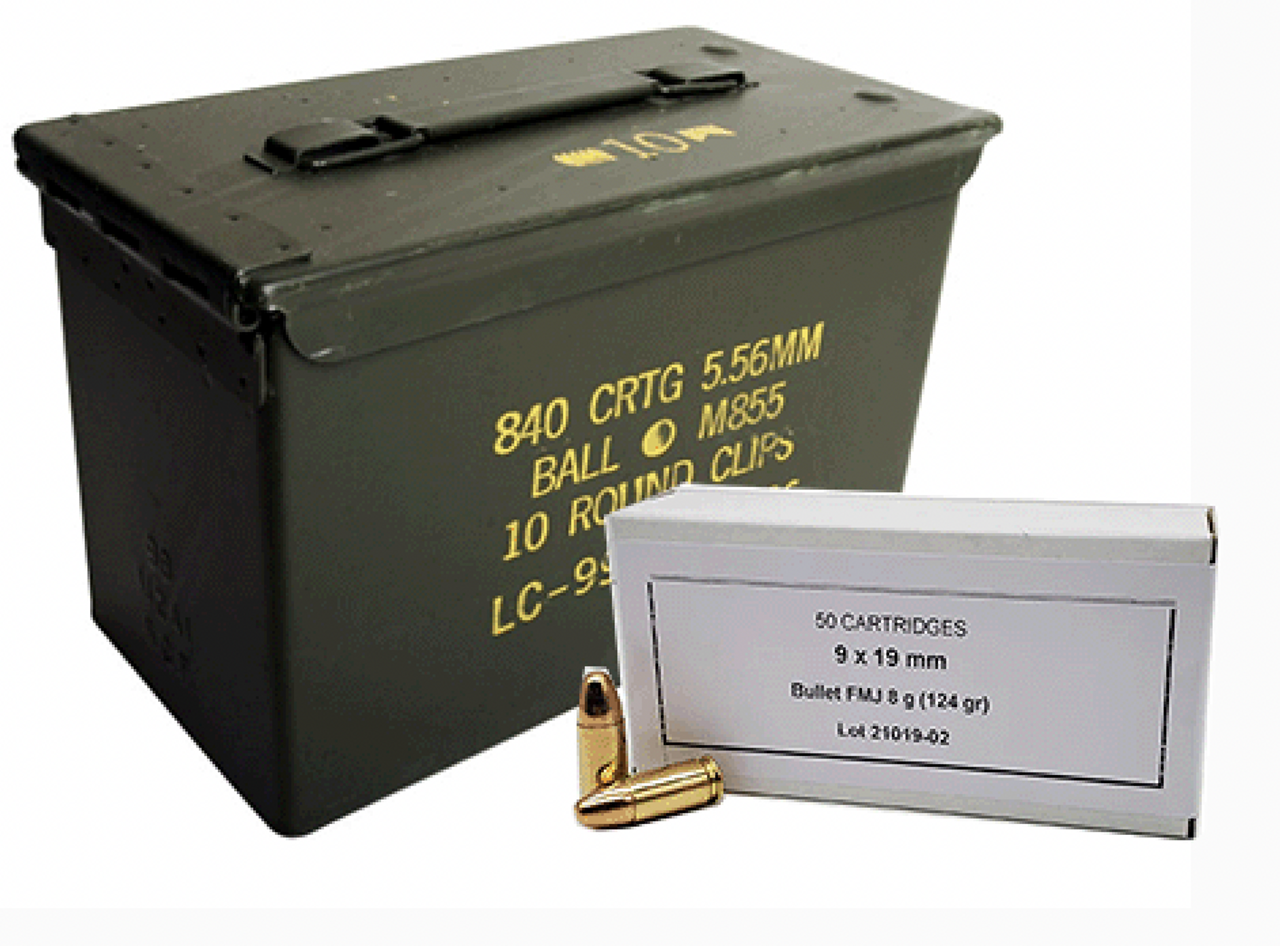
PPU 9mm 124gr with Ammo Can
$154.00
at Pro Armory
Prices accurate at time of writing
Perform a Pre-Range Inspection
Before you leave, thoroughly inspect your firearms to ensure they’re in good working order. Check for clean barrels, working safeties, and proper magazine function. A quick inspection can prevent malfunctions and save time at the range. It’s best to do this the night before to save time on the day of your visit.
Inspecting your firearms includes checking for any signs of wear and tear, ensuring all screws and bolts are tight, and verifying that all parts move smoothly. This preventive measure can catch potential issues that might not be apparent during regular handling. Additionally, always check your ammunition for any defects and ensure your magazines are clean and properly loaded.
Practice Range Etiquette
Good range etiquette is crucial for safety and for ensuring a positive experience for everyone. Follow the range officer’s instructions, never point your firearm at anything other than your target, and be mindful of other shooters. Be considerate of muzzle devices, especially in indoor ranges, to help maintain a respectful environment for your fellow shooters during every session.
Being mindful of range etiquette also includes keeping your area clean and organized, not handling firearms during ceasefire periods, and being respectful of other shooters’ space and concentration. Good etiquette fosters a cooperative and safe environment, which is beneficial for all shooters enjoying the range on the day of your visit.
Warm Up and Cool Down
Prior to your session start with basic dryfire drills to get your form right, and refresh the muscle memory of handling the firearm. Once you are at the range you can then move to more complex practices. End your session the same way you began it, with simpler tasks to reinforce retention and consolidate the skills you want to hone. Consistent repetition helps maintain your grip, stance, breathing, and trigger press.
Warming up with basic drills helps establish a solid foundation for more complex exercises. Simple drills like dry firing, drawing from a holster, or slow, controlled shots can help you focus on fundamentals. Cooling down by repeating these drills helps reinforce good habits and ensures that you end your session on a positive note.
Review and Reflect
After your range trip, take some time to review your performance against your goals. Note what went well and what could be improved. Reflecting on your performance helps set goals for your next trip and continues your improvement as a shooter. Your notebook and pen are invaluable here, allowing you to track adjustments and progress over time.
Reviewing your session involves more than just noting your scores. Consider factors like your comfort with the firearm, any physical or mental challenges you faced, and how well you adhered to your planned drills. Detailed notes can help you identify patterns and areas for improvement, making your next range day even more productive.
Clean and Maintain Your Firearms
Post-range maintenance is as important as pre-range preparation. Clean your firearms after each trip to keep them functioning smoothly and reliably. This not only prolongs their life but also gives you another chance to inspect them for any issues. Thorough cleaning is essential, especially after long sessions, to ensure your firearms remain in top condition and run properly.
Regular cleaning prevents buildup of residues that can cause malfunctions or wear on your firearm. Use appropriate cleaning solvents and tools to ensure a thorough job. Pay attention to all moving parts, the barrel, and the magazine. Regular maintenance also gives you an opportunity to become more familiar with your firearm’s components and operation in the case of a failure to help you determine which parts you will need to replace on the firearm. Some common issues occur due to fouling or component breakage.
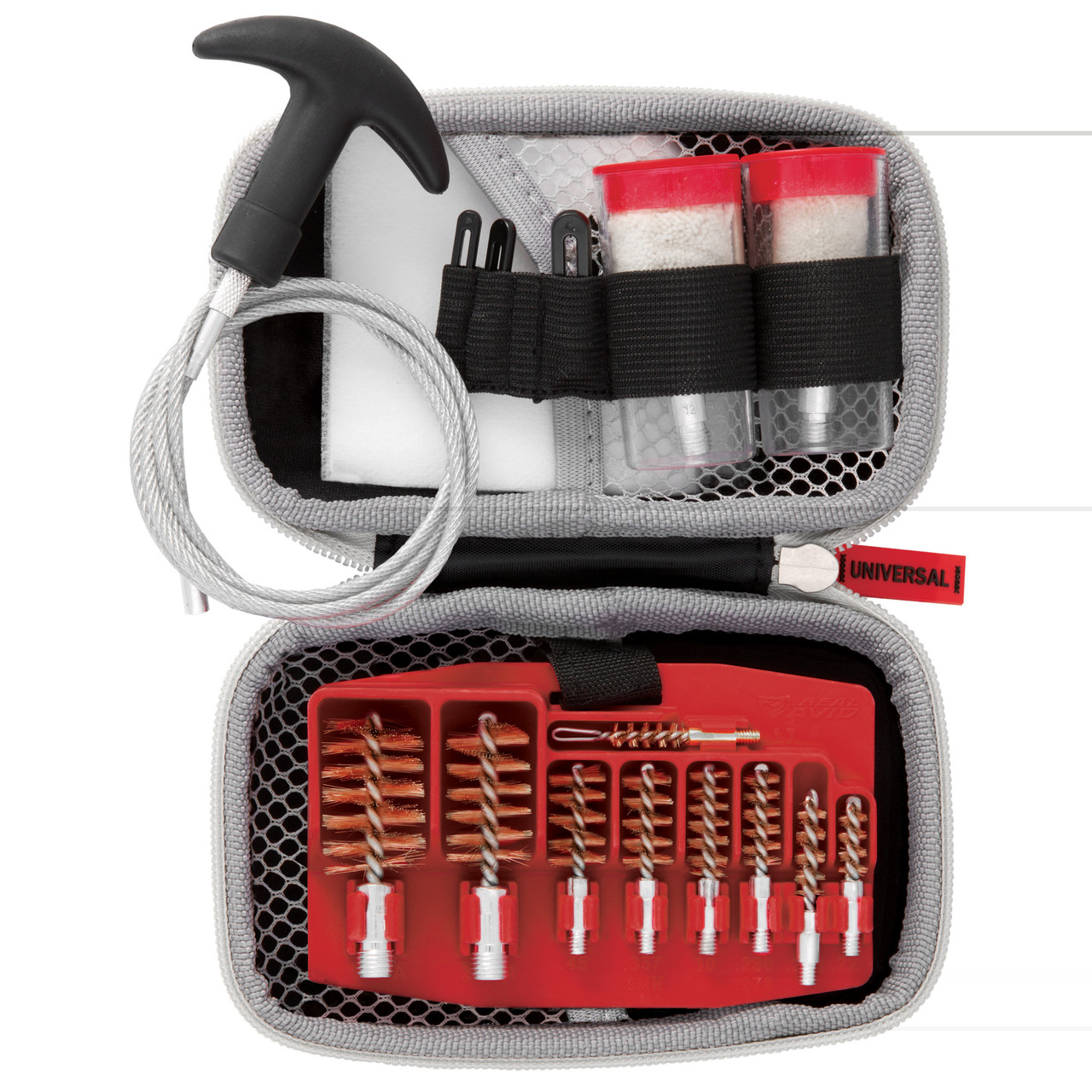
Real Avid Universal Cleaning Kit
$29.99
at Pro Armory
Prices accurate at time of writing
Conclusion
A day at the range is a valuable experience for any firearm enthusiast. By planning ahead, packing thoughtfully, and practicing conscientious shooting, you can ensure that every trip to the range is both enjoyable and beneficial. Remember, every round fired is an opportunity to improve, learn, and become a more responsible gun owner. Get out, train, and build your skillset to become a better protector and hunter. Enjoy your right to keep and bear arms! I hope you found this blog informative and helpful. As always, be prepared, stay safe, and stay ready!
By following these guidelines, you can make the most out of your range day, ensuring it is productive, safe, and enjoyable. Whether you’re refining your skills or simply enjoying the sport, every trip to the range is an opportunity for growth and learning. Happy shooting!

The Best Gun Deals, Coupons and Finds
Sign up for our newsletter to receive regular emails with the best deals, reviews, and updates from ProArmory.



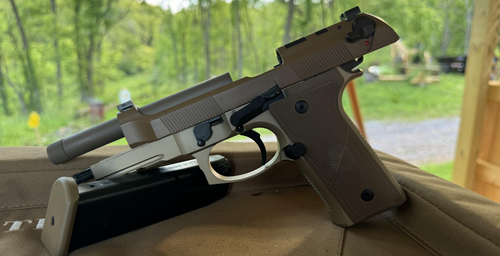
 Kyle Lewis
Kyle Lewis